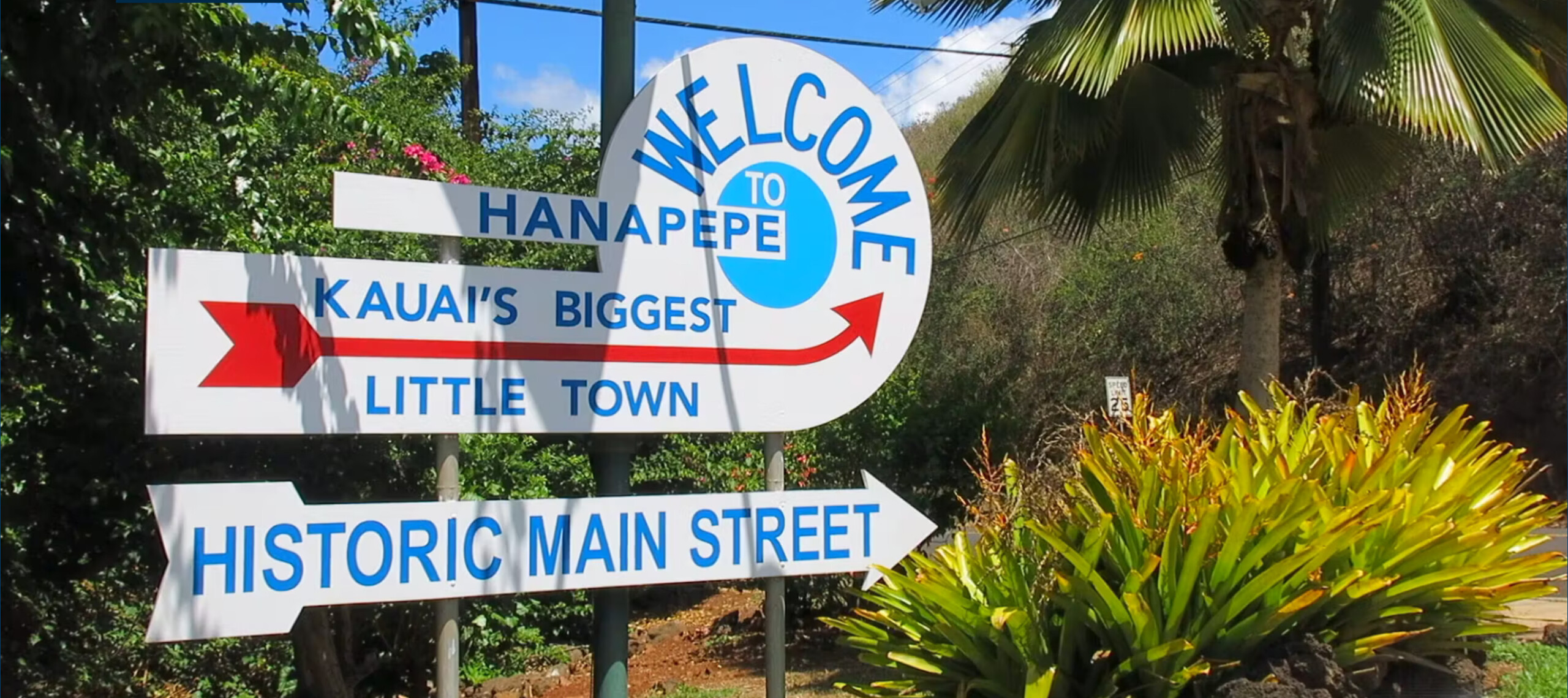By Tommy Noyes

Joshua Pappas and his mom, Nancy, attend just about every Bikes on Rice ride on the second Tuesday of each month, starting at Lihu‘e Civic Center at 4:30 p.m. Joshua’s delta trike enables him to enjoy breezing around Lihu‘e’s quiet streets. Photo by Lee Steinmetz
Committed activists on Kaua‘i have been working for decades to make sure all can enjoy more safe places to walk and cycle. This column often features our East Side multi-use path Ke Ala Hele Makalae. People who live near Ke Ala Hele Makalae probably already use the path to get around their community on foot or on bicycles.
Let’s look at a third option: tricycles.
On the Mad Triker website (https://madtriker.com/3-wheel-bikes-for-seniors/) author Paul asserts, “Trikes are back and with a vengeance!”
“When you hit your senior years, trusting yourself on a two-wheeler can be tricky,” Paul continues. “That’s why you need a ride where you feel safe and assured of being in control. Three-wheel bikes for seniors are a great way to enjoy riding outdoors. They have a low center of gravity, and you can put both feet on the ground while seated on the saddle. Tricycles also come with comfortable step-through designs which let you acquire the right balance even before you take the first ride. They are a fun recreational tool that will get you moving, even with balance problems.”
We’ve all seen preschool age children zooming around on various types of three-wheelers. The most common are the standard child’s trike where the rider sits above the frame, and the Big Wheel style that positions the rider low behind a large front wheel. The Big Wheel’s appeal is the low center of gravity. It’s almost impossible to tip over when riding a Big Wheel, whereas the higher seat position of the standard trike can result in the rider pitching forward if they hit an obstacle.
The same dynamics apply to trikes, which have two configurations — one or two front wheels. The more common single front wheel trike is called a “delta,” like the shape of a supersonic jet. Trikes with two front wheels are called “tadpoles,” because they’re broad in front and narrow in the rear. These are more stable than deltas.
With three wheels on the ground, all trikes are more stable than bicycles. Deltas often feature step-through frames and a basket between the rear wheels that make them practical for bringing home grocery bags and running errands. The appeal of tadpoles is their increased stability since the rider sits low in the frame and won’t pitch over forwards.
Paul details a range of specialty trikes on his website. “There are all kinds of special needs tricycles / adaptive tricycles on the market for both adults and children,” he writes. “For children with lower extremities challenges, a hand and foot tricycle helps to increase their range of motion. It can be propelled using either the hands or the feet. They are best for kids with cerebral palsy, spina bifida, or low muscle tone. Children can improve reciprocal motor pattern which helps with better coordination.”
Contact me at 639-1018 to learn more about how a trike might expand your horizons.
- Tommy Noyes is Kaua‘i Path’s executive director, a League of American Bicyclists Certified Instructor and active with the Kaua‘i Medical Reserve Corps.
Discover more from ForKauaiOnline
Subscribe to get the latest posts sent to your email.





Leave a Reply